Pit stops are a critical component of motorsport racing, where every second saved can make the difference between winning and losing. Racing teams meticulously hone their pit stop strategies to achieve astonishingly fast times. Delving into the various techniques and technologies, racing teams are equipped to execute pit stops with remarkable speed and precision.
The Role of Teamwork and Communication
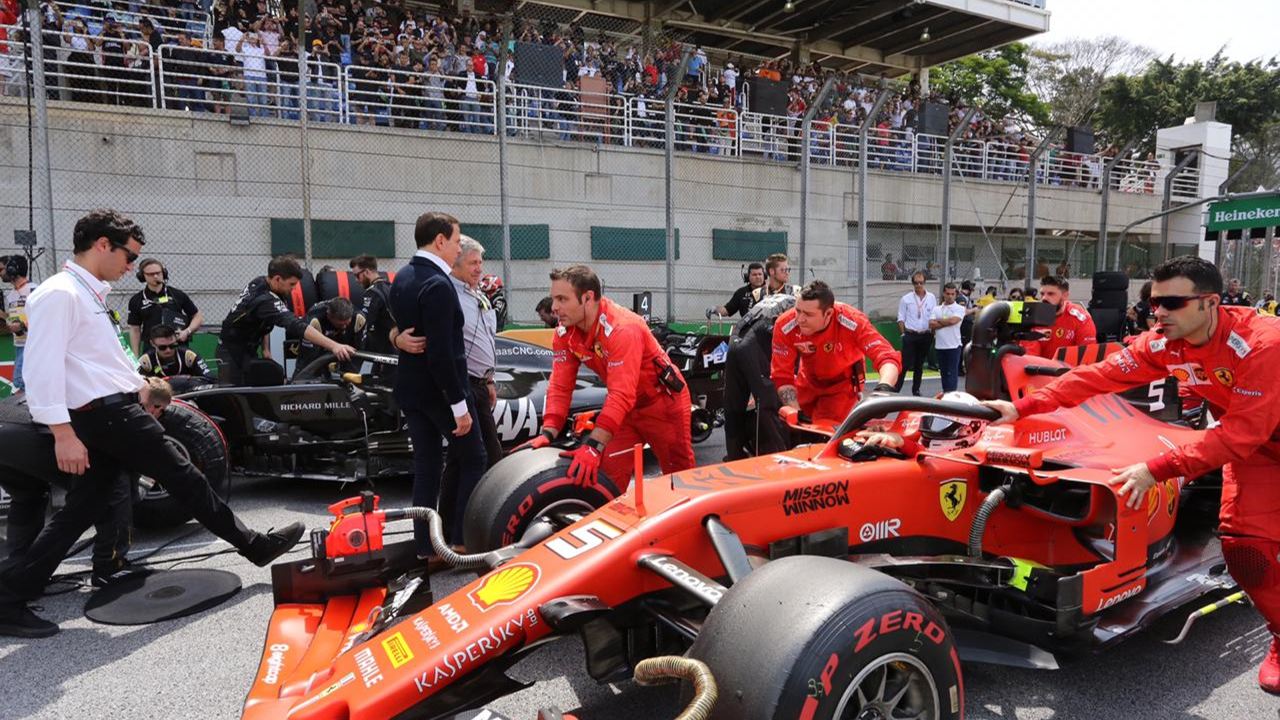
At the heart of every successful pit stop is a highly synchronized team, each member performing a specialized role with precision. From tire changers to refuelers, the seamless choreography is a testament to the importance of coordination. Every movement is calculated, and every second counts. A well-coordinated team can significantly reduce the time a car spends stationary, and this is often achieved through meticulous planning and role assignment.
Communication is another critical element in achieving fast pit stops. Teams rely on a combination of hand signals and advanced communication devices to relay real-time information swiftly. This ensures that every member is aware of their task and any last-minute changes. Training regimens focus on building team cohesion, emphasizing the importance of understanding each other’s roles and responsibilities. This is achieved through intensive training sessions that simulate real-race scenarios, fostering an environment of trust and synergy.
Technological Innovations in Pit Stops
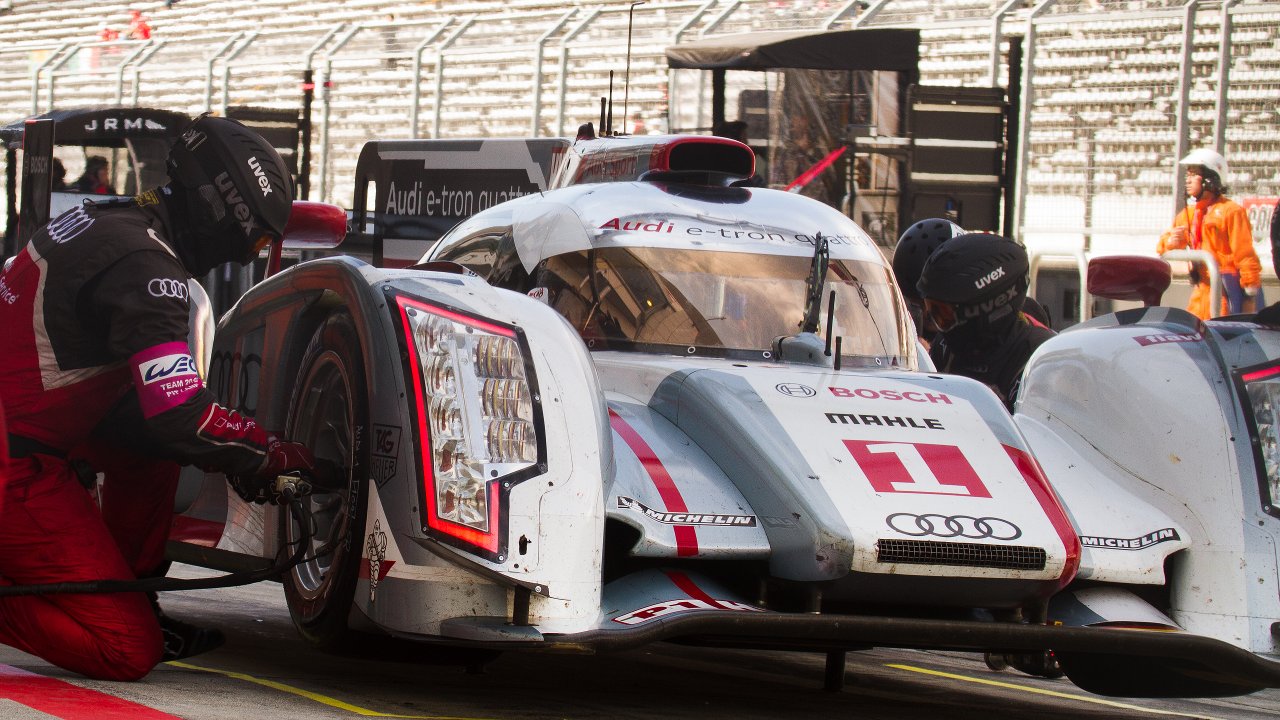
Technological advancements have revolutionized the way racing teams approach pit stops. Specialized equipment and tools have been developed to facilitate quicker and more efficient pit stops. For example, the use of high-speed pneumatic wheel guns allows for the rapid removal and replacement of tires, shaving precious seconds off the pit stop time. These tools are constantly being refined and improved to meet the ever-increasing demands of the sport.
Data analytics and real-time feedback play a pivotal role in modern pit stop strategies. Teams like those in Formula 1 utilize sophisticated data analysis to monitor every aspect of the pit stop process. This data-driven approach enables teams to make swift, informed decisions, optimizing their strategies for maximum efficiency. Additionally, the use of simulation and virtual reality training has become increasingly popular. By recreating pit stop scenarios in a virtual environment, teams can practice under realistic conditions without the wear and tear on equipment.
The Science of Human Performance
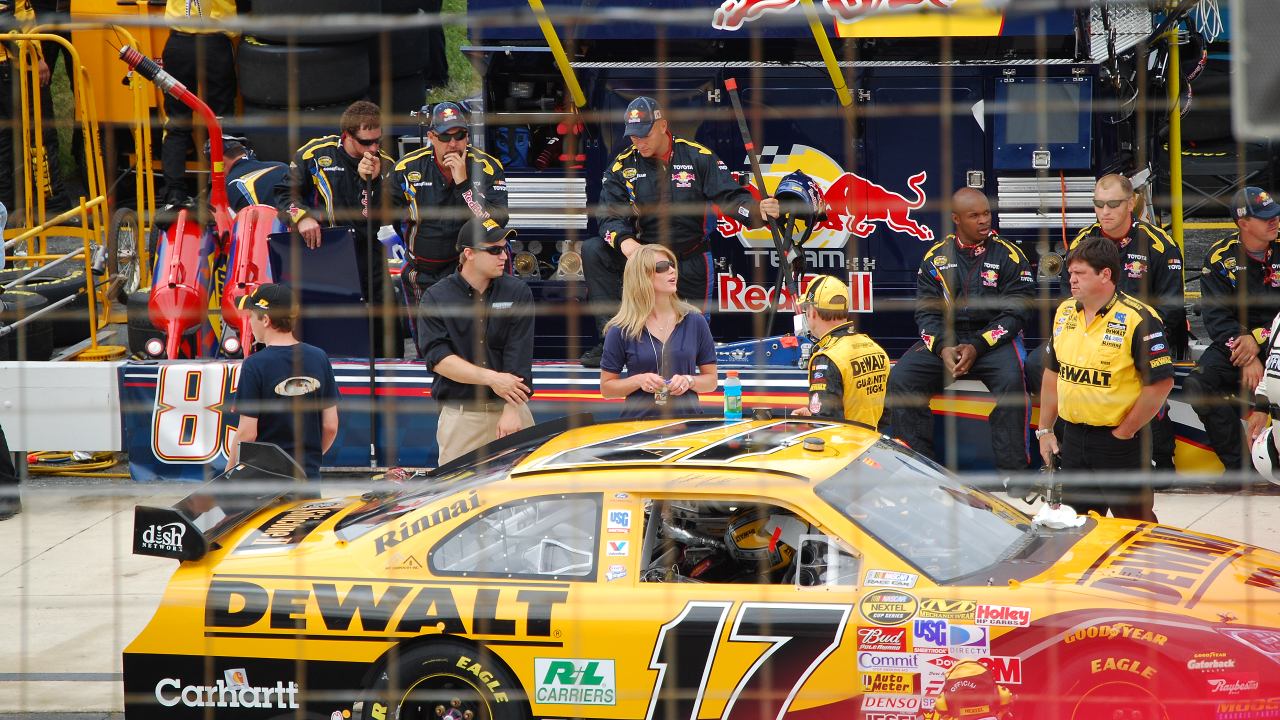
The physical demands on pit crew members are immense, requiring a combination of strength, agility, and endurance. Crew members undergo rigorous physical conditioning and agility training to ensure they can perform at peak levels. This training includes exercises to enhance speed, strength, and coordination, all of which are crucial during the high-pressure environment of a race.
Psychological preparation is equally important. Crew members must maintain focus and composure under pressure, employing mental strategies to navigate the intense environment of the pit lane. Techniques such as visualization and mindfulness are used to enhance performance and minimize errors. Furthermore, fatigue management is a critical aspect of pit crew training. Teams implement rotation and rest protocols to ensure that crew members remain sharp and effective throughout the race, reducing the risk of mistakes due to exhaustion.
Learning from Other Sports and Industries
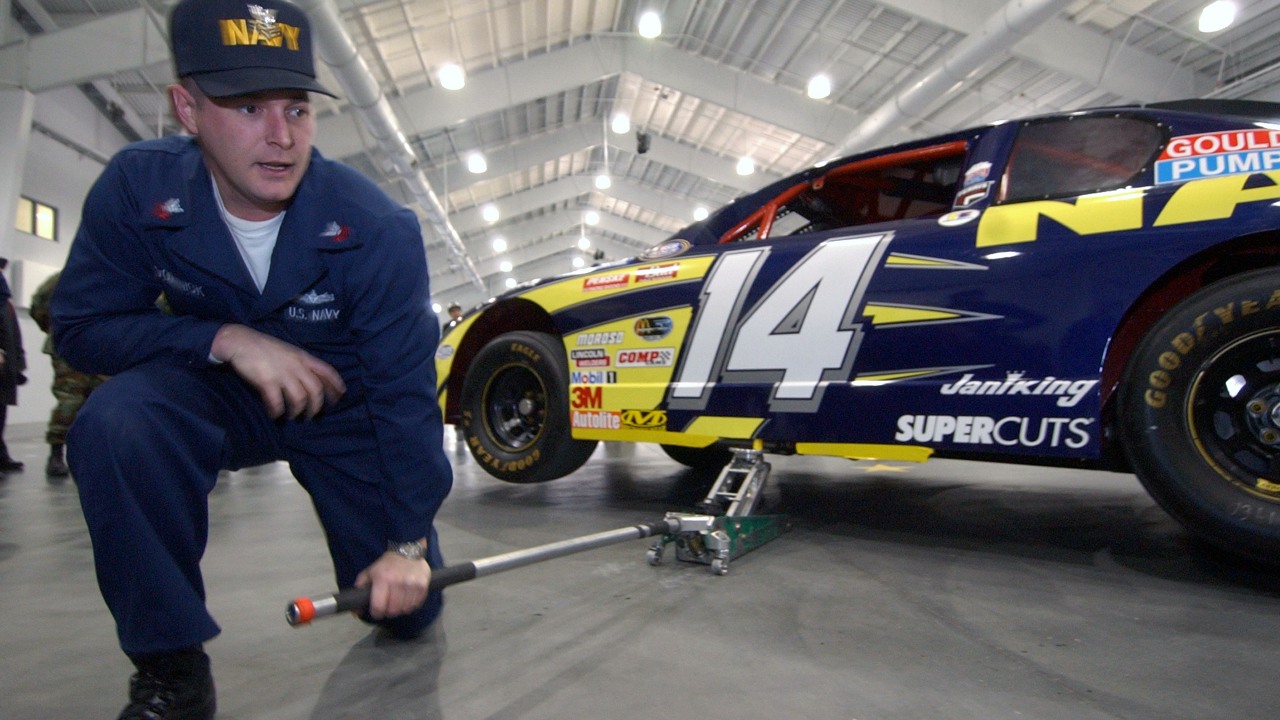
Racing teams often look beyond their own sport to enhance their performance. Cross-training with athletes from other sports has become a trend, leveraging the skills and expertise of individuals who excel in high-pressure environments. For instance, former NFL players have transitioned into roles within racing teams, utilizing their agility and strength to improve pit stop efficiency. According to Talksport, Marshall McFadden, a former NFL player, made a successful transition to a NASCAR jackman, highlighting the benefits of such cross-training practices.
Teams also draw inspiration from high-performance industries such as aviation and emergency services. The precision and efficiency required in these fields offer valuable insights into optimizing pit stop procedures. Concepts such as error minimization, rapid response, and team coordination are directly applicable to the fast-paced world of motorsport racing. Continuous improvement and adaptation are key components of a successful pit strategy. By learning from other disciplines, teams can evolve their techniques and remain competitive in the ever-changing landscape of racing.
Case Studies and Success Stories
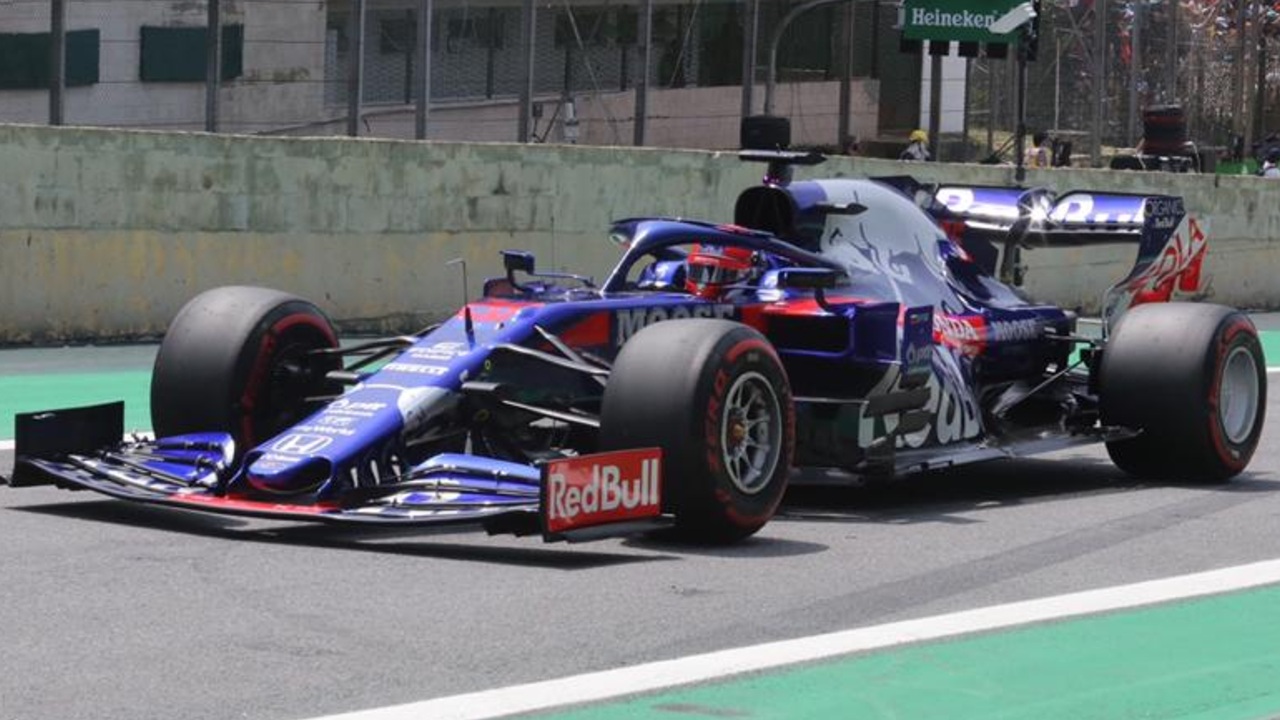
Throughout racing history, there have been numerous iconic pit stops that have set benchmarks in speed and efficiency. One such example is the Red Bull Racing team, which set a record for the fastest pit stop at the 2019 Brazilian Grand Prix, clocking in at just 1.82 seconds. Such achievements are a testament to the meticulous preparation and execution that goes into each pit stop.
Insights from pit crew members and team leaders provide valuable perspectives on the practice and execution of pit stops. Interviews with individuals directly involved in the process shed light on the challenges and strategies that contribute to successful pit stops. For instance, a New York Times article highlights the experiences of pit crew members, offering a glimpse into the dedication and teamwork required to achieve rapid pit stops.
Lessons from top-performing teams reveal what sets them apart from the competition. Teams such as Mercedes-AMG Petronas Formula One Team consistently demonstrate exceptional pit stop performance, thanks to their commitment to innovation, teamwork, and continuous improvement. By analyzing the strategies of successful teams, others in the industry can learn and adapt their approaches, striving for excellence in the high-stakes world of motorsport racing.
Like Fast Lane Only’s content? Be sure to follow us.
Here’s more from us:
*Created with AI assistance and editor review.

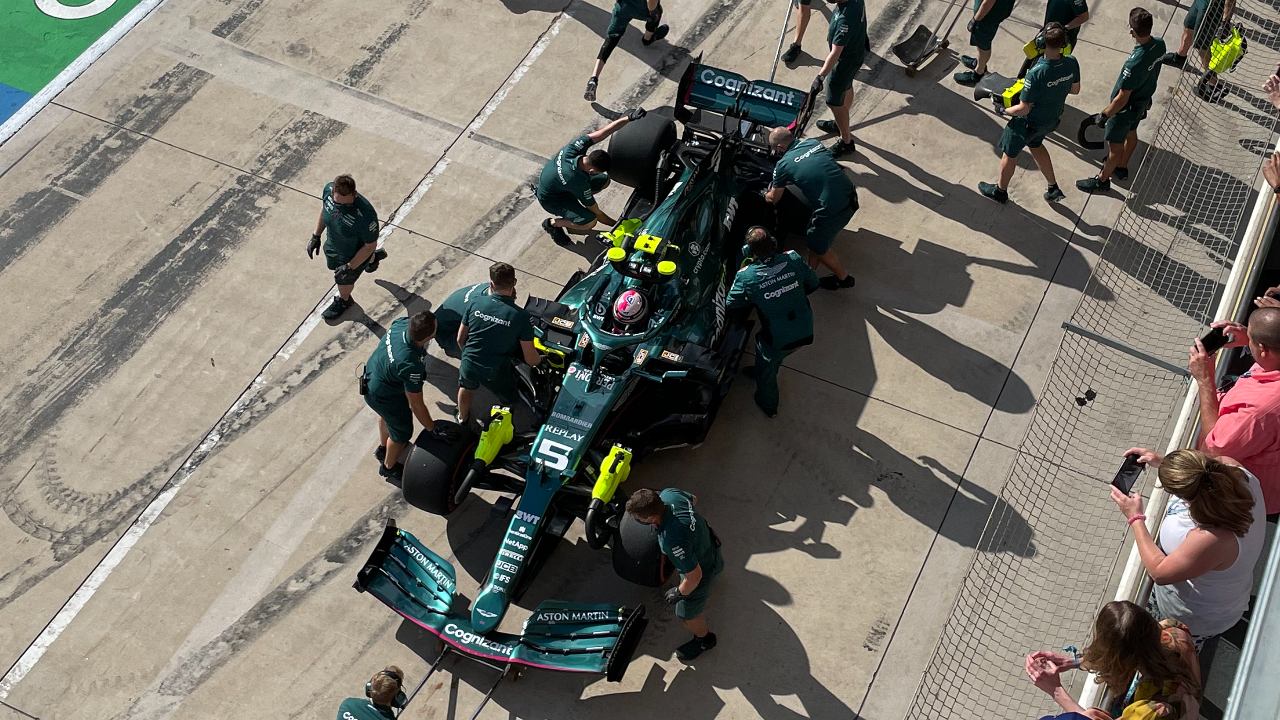





Leave a Reply